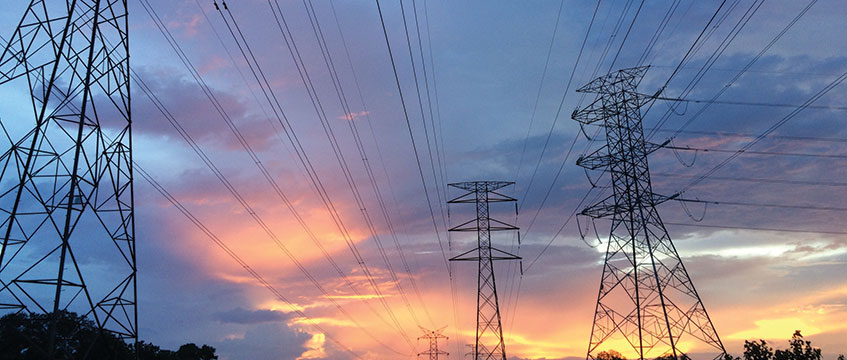Energy legislation has been ingrained into EU countries for many years, and for a decade now large companies have been guided and bound by Article 8 of the EU Energy Efficiency Directive (2012/27/EU).
Known as the Energy Savings Opportunity Scheme in the UK, Article 8 is a significant piece of legislation put in place to ensure the EU’s overarching reduction targets are met. This mandates organisations that meet certain financial and employee thresholds to play their part in collectively helping the EU reduce its greenhouse gas emissions. Since the directive was established and transposed into legislation across all EU member states, we have seen two complete four-year cycles, or “phases” as they are known. Over the four-year periods, large companies are required to carry out high-quality energy audits across portfolios. As we approach the end of the third phase, companies are required to again achieve compliance by December this year.
The road to climate neutrality
Since Article 8 was established, and after working with a number of global organisations across phases – many of which have a pan-European presence – we have seen this legislation become increasingly important within businesses. Despite its complexity and regional nuances, the legislation has raised organisations’ ambitions for energy saving within real estate to fully implement energy efficiency opportunities. This is, of course, what we need to see as we race to achieve Europe’s goal as the first climate-neutral continent by 2050.
We are also seeing changes in how companies approach Article 8 submissions in this third phase. In earlier cycles, many companies only got as far as a tick in the compliance box while avoiding penalties, as they got to grips with extensive energy and transport data gathering exercises. But, with data management solutions now in place alongside publicly stated and clearly defined sustainability strategies, as well as targets and net zero transition plans becoming enshrined in the ethos of companies and their employees, the perspective is shifting the view of compliance to that of positive action. This is supported by additional country-specific legislation (Streamlined Energy and Carbon Reporting in the UK and Décret Tertiaire in France) becoming embedded within annual reporting cycles, normalising the detailed collection and subsequent assurance of energy data and greenhouse gas emissions to recognised standards.
Companies are now driven by having high-quality energy audits which they can use to subsequently implement the energy efficiency opportunities that have been highlighted. These opportunities within reports will typically be prioritised in order by the auditor, with estimated annual savings and estimated costs given, and payback periods shown. We are also seeing a shift to include net zero carbon technologies within energy audit reports too, linking perfectly to the progression to a net zero focus for phase four in 2027.
What comes next?
While the UK government is yet to fully finalise legislation for phase three, due to lengthy consultations and the passing of the UK Energy Bill – and though it surprised the industry by extending the deadline by six months to 5 June 2024 – it is clear the direction is changing. Proposals which will likely be adopted for phase three compliance include “the requirement for participants to set a target or action plan” following the phase three compliance deadline, on which they will be required to report against for phase four and “the addition of an intensity metric in ESOS reports”. For phase four, there is the intention to refocus the scheme to cover both energy efficiency and net zero assessments, and to set this to a prescribed specification.
Aligning with this is the recast of the EU directive, which will come into play as soon as phase three has ended. This will be focused on capturing (and subjecting to energy audits) companies that do not implement energy management systems, and whose energy consumption passes certain newly defined thresholds, which will lower between phases.
Energy compliance requirements are changing apace to match the momentum of reporting across the industry, and the real estate sector is positively stepping up and embracing this challenge. The knock-on effect of stricter compliance is helping companies reduce energy cost while understanding their exposure to climate risk, adhering to legislation in order to avoid fines and mitigate reputational damage of non-compliance.
Debbie Aston is carbon compliance and assurance director – sustainability consulting at JLL










